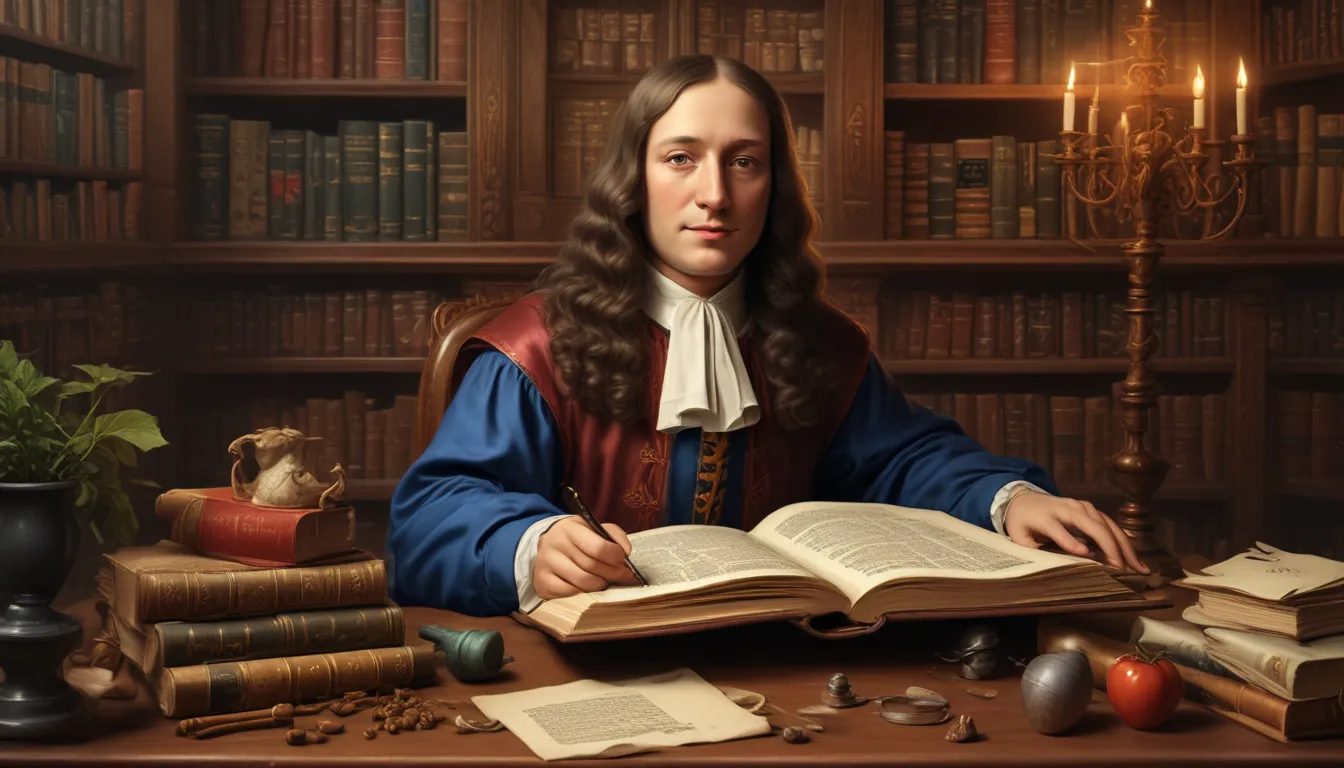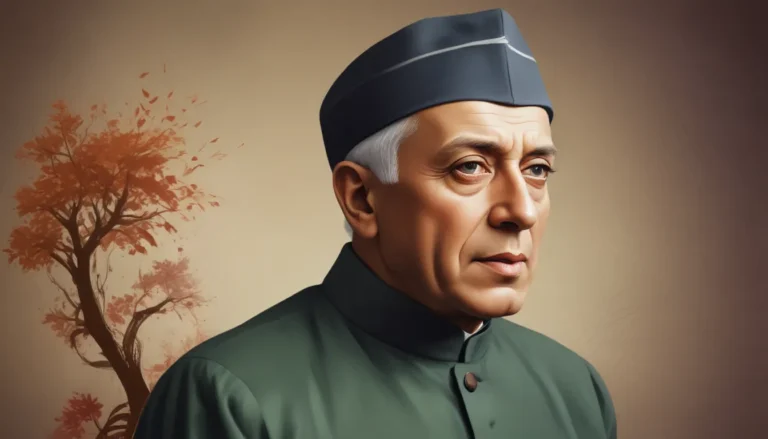The images in our articles may not match the content exactly. They are used to grab your attention, not to show the exact details in the text. The images complement the text but do not replace it.
Pierre de Fermat, a 17th-century French mathematician, left an indelible mark on the field of mathematics with his groundbreaking contributions. While his most famous accomplishment, Fermat’s Last Theorem, continues to captivate mathematicians, there are many lesser-known aspects of Fermat’s life and work that highlight his brilliance and legacy.
A Brief Introduction to Pierre de Fermat
Pierre de Fermat, born in Beaumont-de-Lomagne, France, was a prodigious mathematician known for his work in number theory, calculus, and analytical geometry. Despite his career as a magistrate and lawyer, Fermat devoted his spare time to mathematical pursuits, exchanging letters with other scholars and sharing his innovative theorems.
Unraveling Fermat’s Last Theorem
Fermat’s Last Theorem, perhaps Fermat’s most famous contribution, poses a challenge that haunted mathematicians for centuries. The theorem asserts that there are no three positive integers a, b, and c that satisfy the equation an + bn = cn for any integer value of n greater than 2. While Fermat claimed to have a proof for this theorem, it remained an unsolved mystery until Andrew Wiles finally cracked it in 1994.
The Puzzle Master: Fermat’s Love for Enigmas
Beyond his mathematical endeavors, Fermat was known for his passion for puzzles and riddles. He delighted in challenging his peers with mathematical conundrums, fostering a spirit of intellectual curiosity and innovation within the mathematical community.
Fermat’s Method: A Calculus Breakthrough
Fermat’s legacy extends beyond number theory to the realm of calculus. He devised a method for finding maximum and minimum values, known as Fermat’s method of finding maxima and minima, which continues to be a fundamental tool in calculus today. By leveraging this method, mathematicians can pinpoint critical points and determine the extremities of a function.
Revolutionizing Optics: Fermat’s Principle of Least Time
In the field of optics, Fermat made significant contributions through his principle of least time. This groundbreaking concept posits that light follows the path that takes the least time to travel between two points. Fermat’s principle laid the groundwork for modern optical theories and played a pivotal role in the development of geometrical optics.
Fermat’s Legacy in Number Theory
Fermat’s innovative approach to number theory yielded several significant contributions. He devised Fermat’s primality test, a systematic method for determining whether a positive integer is prime. Additionally, Fermat formulated Fermat’s Little Theorem, a foundational principle for finding remainders when dividing a number by a prime.
The Multifaceted Career of Pierre de Fermat
In addition to his mathematical pursuits, Fermat enjoyed a successful career as a magistrate and lawyer. His expertise and knowledge in legal matters earned him respect within the legal community, showcasing his multidimensional talents and intellectual prowess.
The Network of Mathematical Minds: Fermat’s Correspondence
Fermat’s extensive correspondence with renowned mathematicians of his time, such as Blaise Pascal and Christian Huygens, underscores his collaborative spirit and commitment to advancing the field of mathematics. Through these exchanges of letters, Fermat shared hints, proposed solutions, and engaged in intellectual discourse that enriched the mathematical landscape of his era.
Conclusion: Unveiling Fermat’s Enigmatic Legacy
In conclusion, Pierre de Fermat’s enigmatic life and groundbreaking mathematical contributions continue to inspire and intrigue mathematicians worldwide. His enduring legacy, from Fermat’s Last Theorem to his innovative methods in calculus and optics, resonates through the annals of mathematical history. Delving into the complexities of Fermat’s mathematical puzzles and theorems offers a glimpse into the brilliance and creativity of this remarkable mathematician.
FAQs About Pierre De Fermat
- Who was Pierre de Fermat?
-
Pierre de Fermat was a French mathematician, lawyer, and government official renowned for his contributions to number theory and his famous Last Theorem.
-
What is Fermat’s Last Theorem?
-
Fermat’s Last Theorem states that there are no three positive integers a, b, and c that satisfy the equation an + bn = cn, where n is an integer greater than 2.
-
Did Fermat provide a proof for his Last Theorem?
-
While Fermat claimed to have a proof for his Last Theorem, it remained undisclosed due to the constraints of a small margin in his notebook. The proof was eventually established by Andrew Wiles in 1994.
-
What other contributions did Fermat make to mathematics?
-
In addition to Fermat’s Last Theorem, Fermat made significant advancements in number theory, calculus, and optics. His method of finding maxima and minima and his contributions to probability theory are noteworthy.
-
What is Fermat’s Enigma?
- Fermat’s Enigma, a book by Simon Singh, chronicles the pursuit to prove Fermat’s Last Theorem and delves into the historical context and mathematical intricacies surrounding the theorem’s eventual resolution by Andrew Wiles.
As you embark on a journey through the enigmatic world of Pierre de Fermat, immerse yourself in the captivating mysteries and mathematical marvels that define his legacy. From Fermat’s inscrutable theorems to his profound impact on various branches of mathematics, the allure of Fermat’s intellect and ingenuity will continue to captivate generations of mathematicians and curious minds alike. Explore, learn, and uncover the enchanting secrets woven within the tapestry of Fermat’s mathematical legacy.






